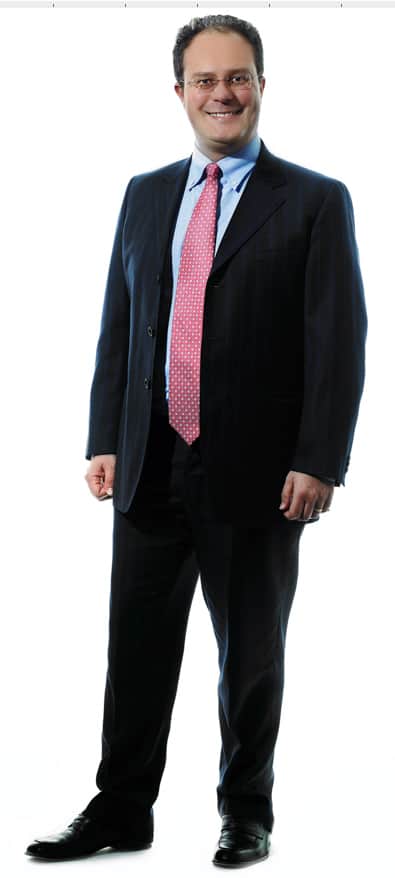Chief financial officers have been modeling profit and loss statements for years, but in an era of big data they face a different and increasingly complex task:

Allocating resources among geographic areas, across different time spans and even between individual customers—a much more granular process.
Pier Francesco Facchini, CFO of cable manufacturer Prysmian, based in Italy, says that for 2015 the company “decided to reduce the volume sold to some customers in Europe because return on capital was negative.” Although Prysmian has been calculating the return on capital by segment and by country for some years, it only recently started to evaluate this indicator for individual clients.
Big data and the mass of information available on the Internet are transforming the process of buying and selling, which means CFOs have a heightened role, tasked as they are with organizing that data in a logical way and helping to boost sales, says Carter Hinckley, managing director at executive management advisory firm Blue Ridge Partners.
Buyers have never been as informed as they are today, and sellers have to adapt, Hinckley says, explaining that a CFO can become a sales manager’s best ally, putting at the fingertips of the sales force the financial information needed to negotiate better deals and creating the right incentives to get them done. “In many ways this is a new role for the CFO,” he said, likening it to that of a doctor who steps in to help diagnose a patient—in this case a sales issue. “They are using the same skill sets, but in a different way from the past.”
Good CFOs have a knack for looking at data strategically. Take Navneet Govil, CFO at software group CA Technologies. He split the company’s products into three overarching groups. “The first includes products in an advanced stage of the maturity cycle. Those are the ones that provide most of the current revenue,” he explains. “The second are the products at an early stage of the maturity cycle but growing much faster. These will probably be the products that will provide the most revenue after two to three years. The third are the incubator products—big bets, which will drive revenue in four to five years or so.”
The CFO “helps determine the resources to dedicate to each one of these three categories of products so the company can maintain a steady flow of revenue,” he says, and adds: “Putting all the resources into selling the first category will maximize revenue in the short term but create problems in the future, as the company runs out of good value propositions.”



